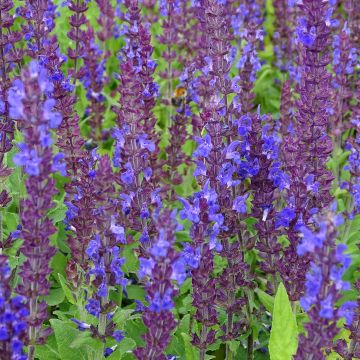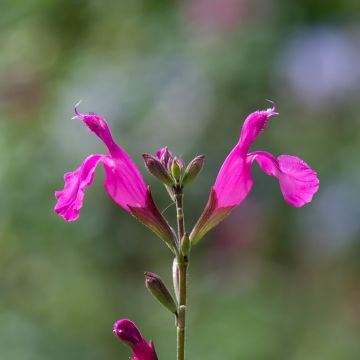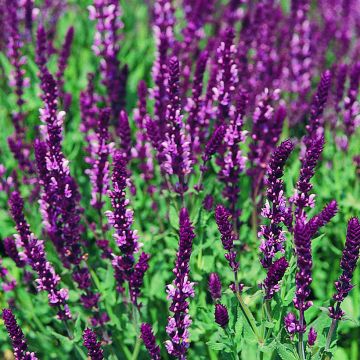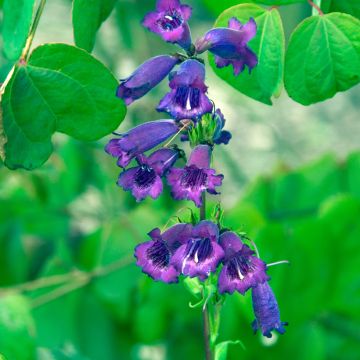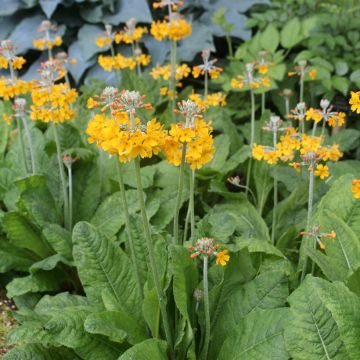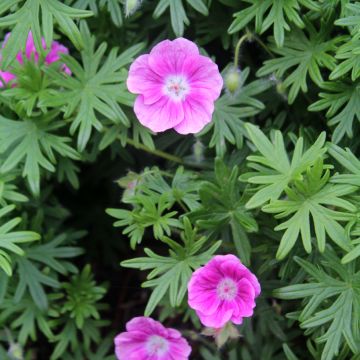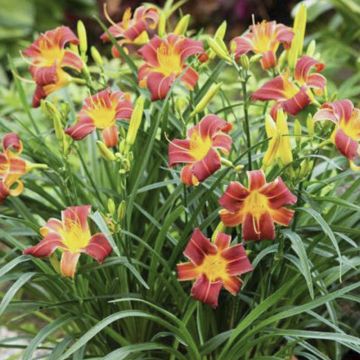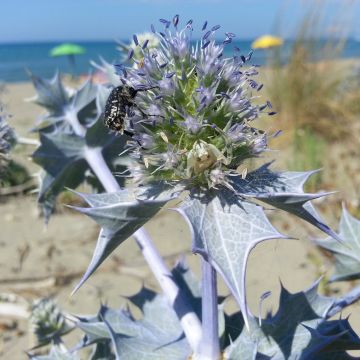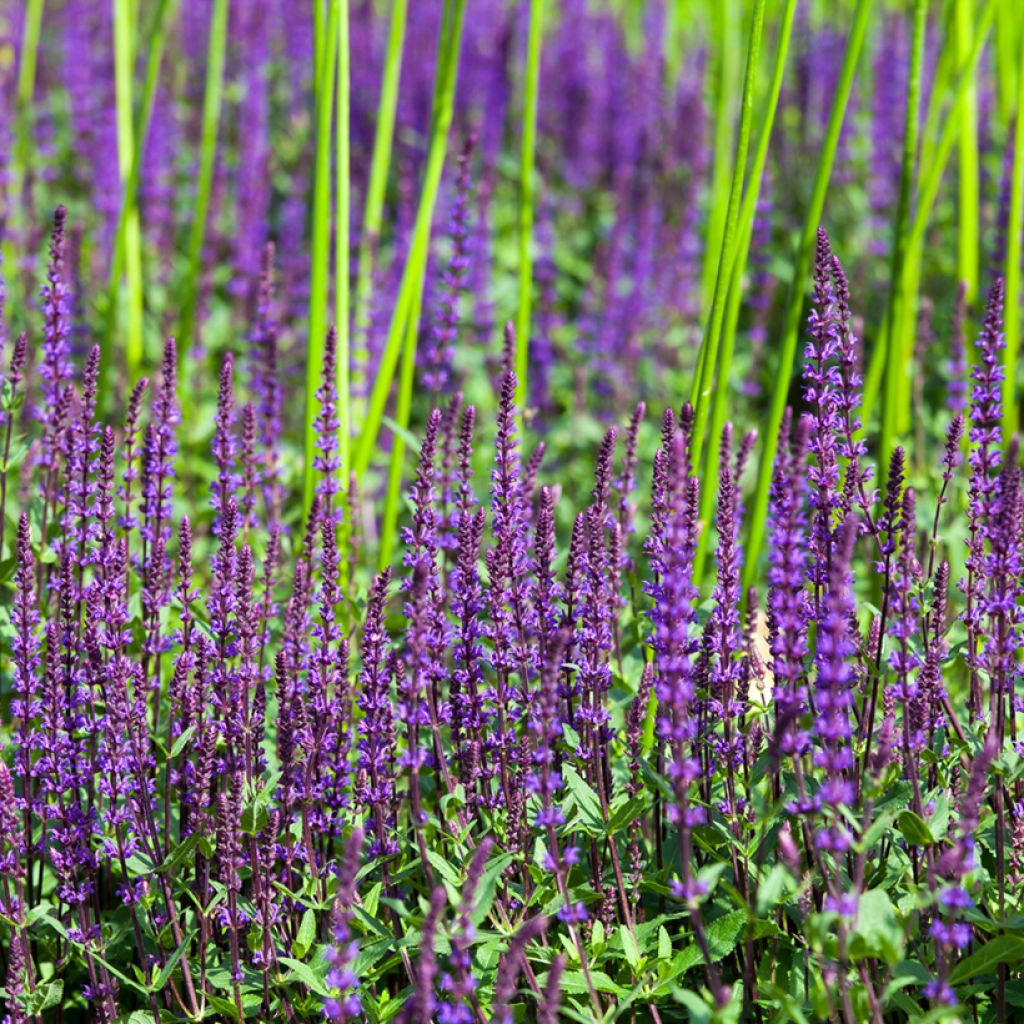

Salvia nemorosa Ostfriesland - Woodland Sage
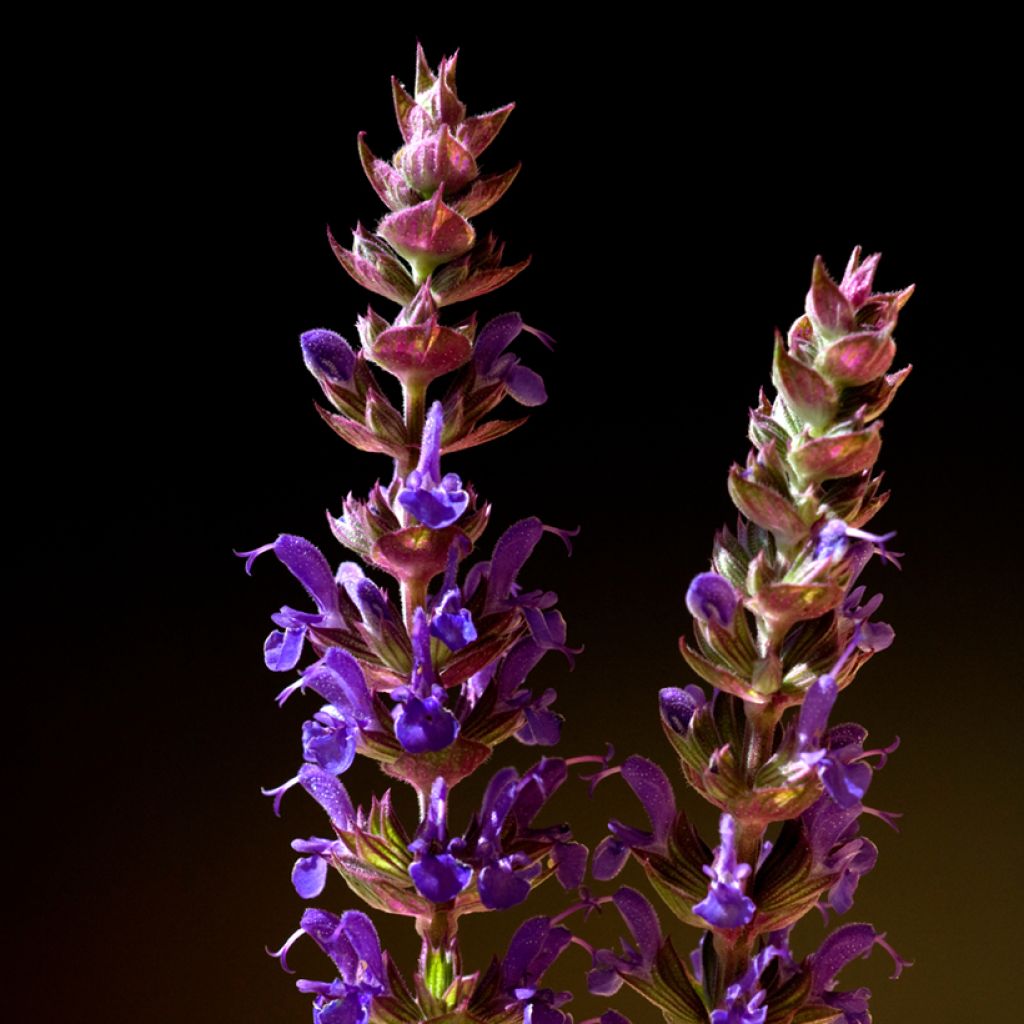

Salvia nemorosa Ostfriesland - Woodland Sage
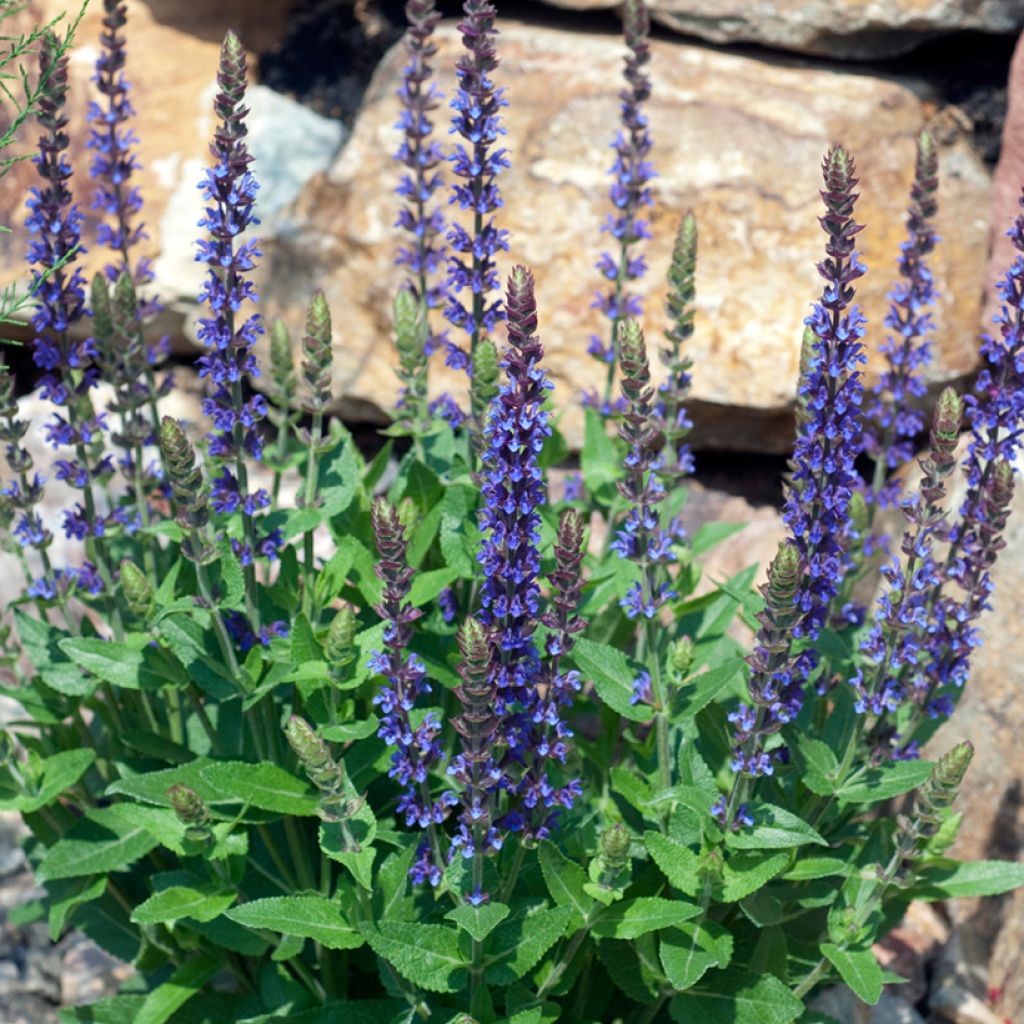

Salvia nemorosa Ostfriesland - Woodland Sage
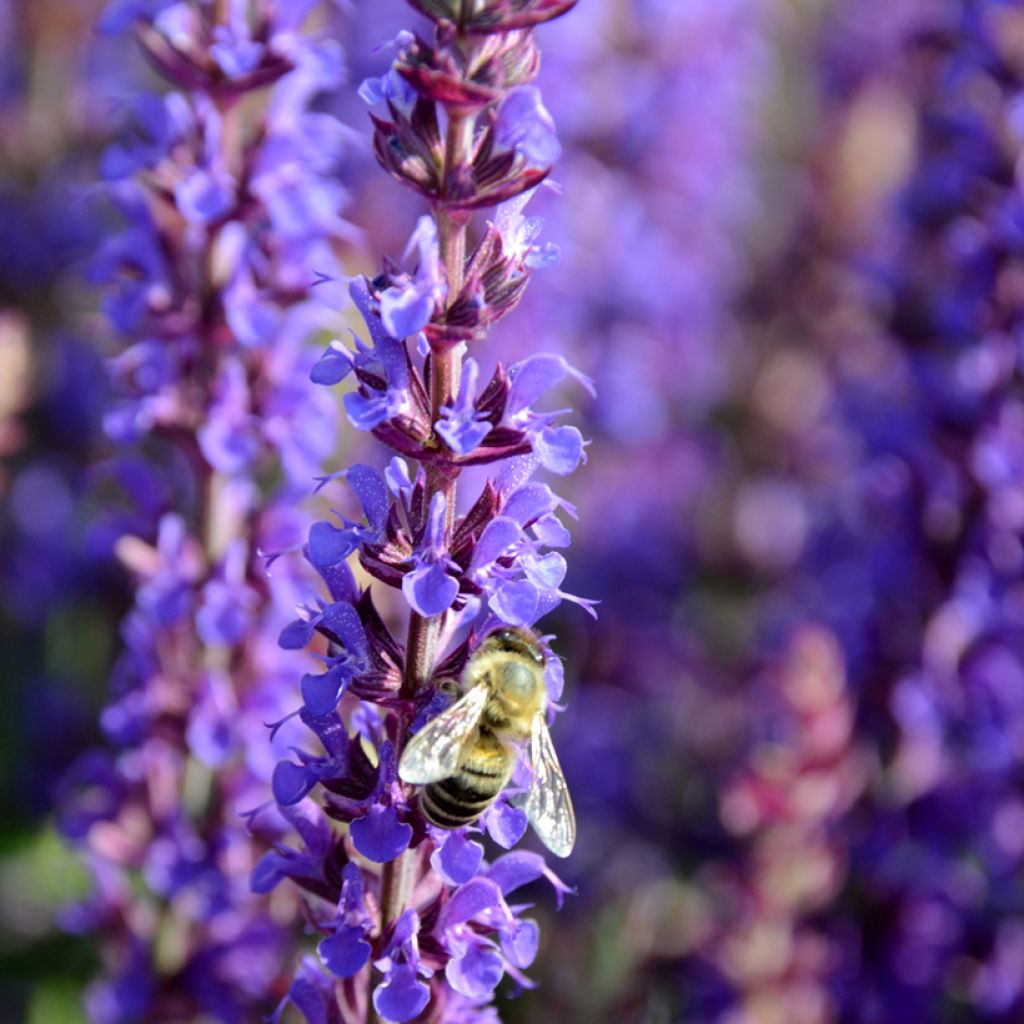

Salvia nemorosa Ostfriesland - Woodland Sage


Salvia nemorosa Ostfriesland - Woodland Sage
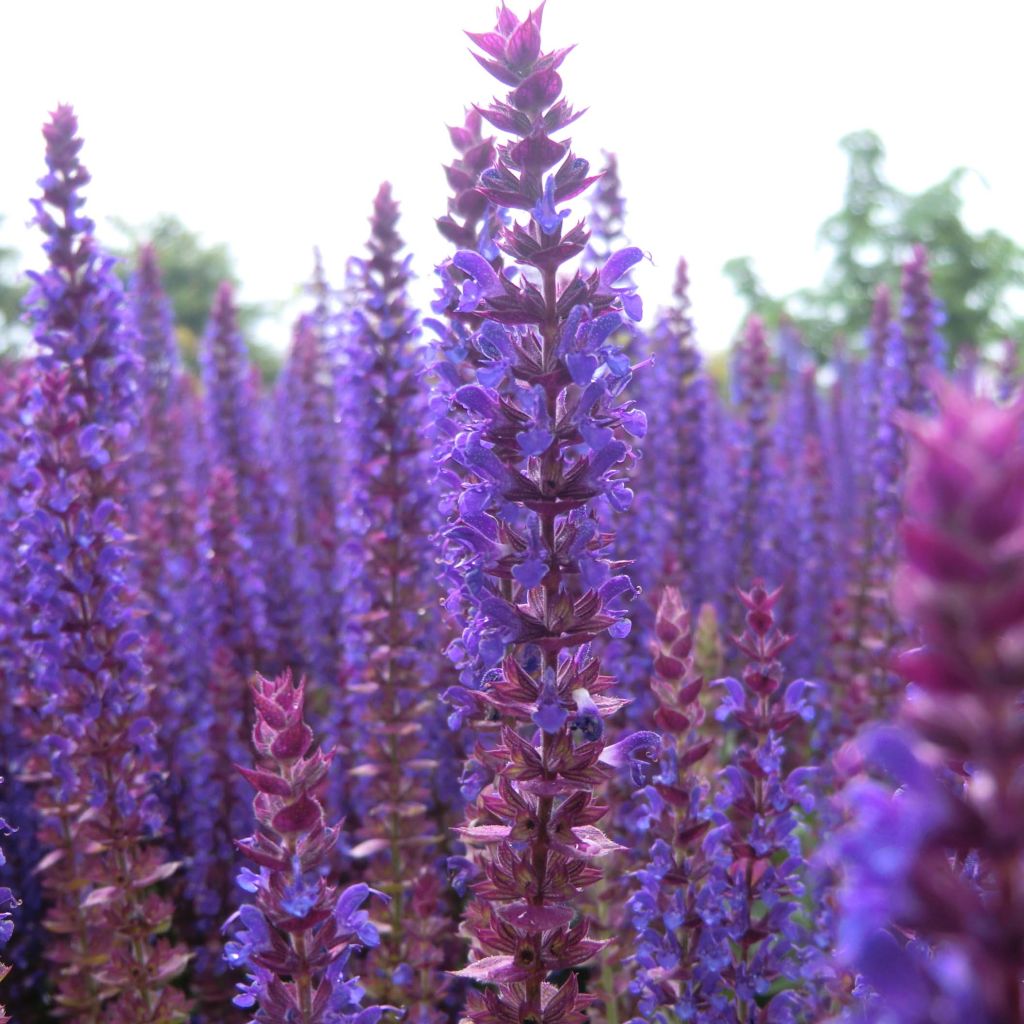

Salvia nemorosa Ostfriesland - Woodland Sage
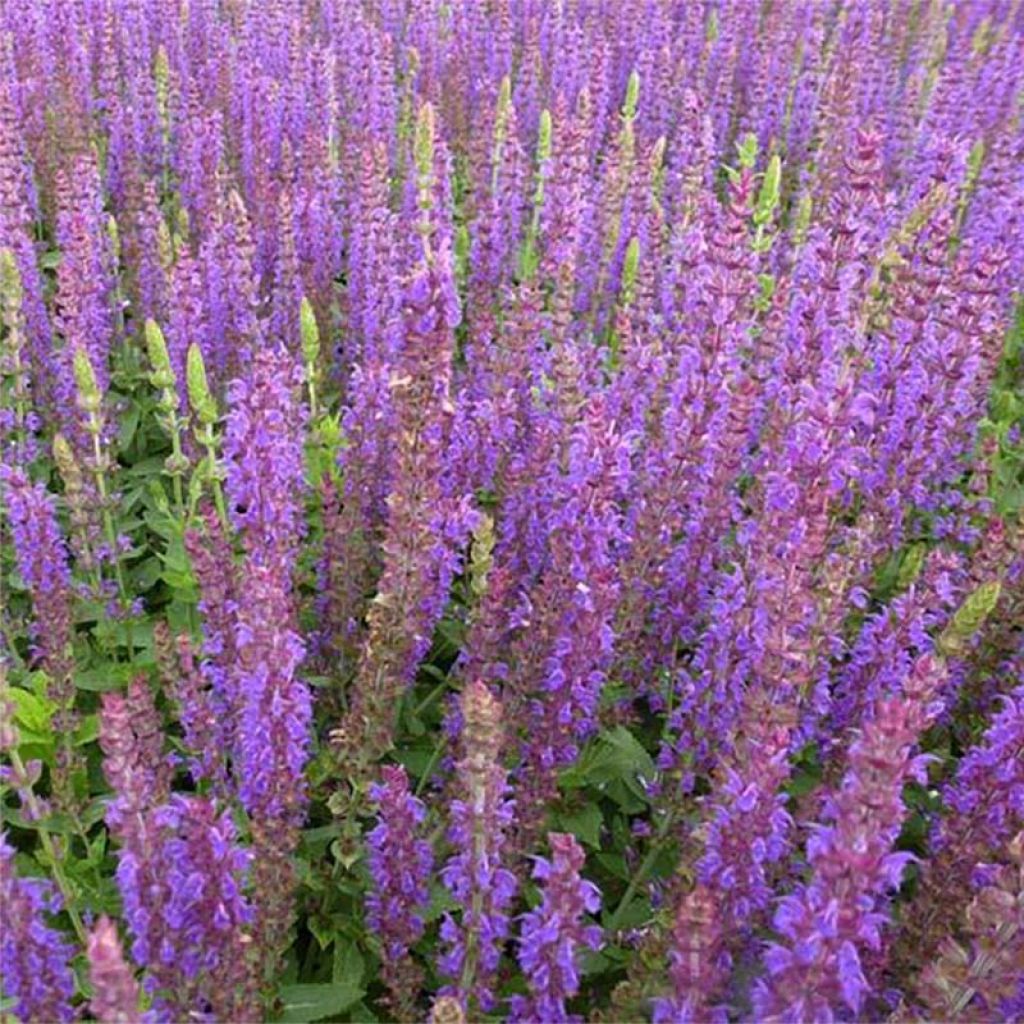

Salvia nemorosa Ostfriesland - Woodland Sage
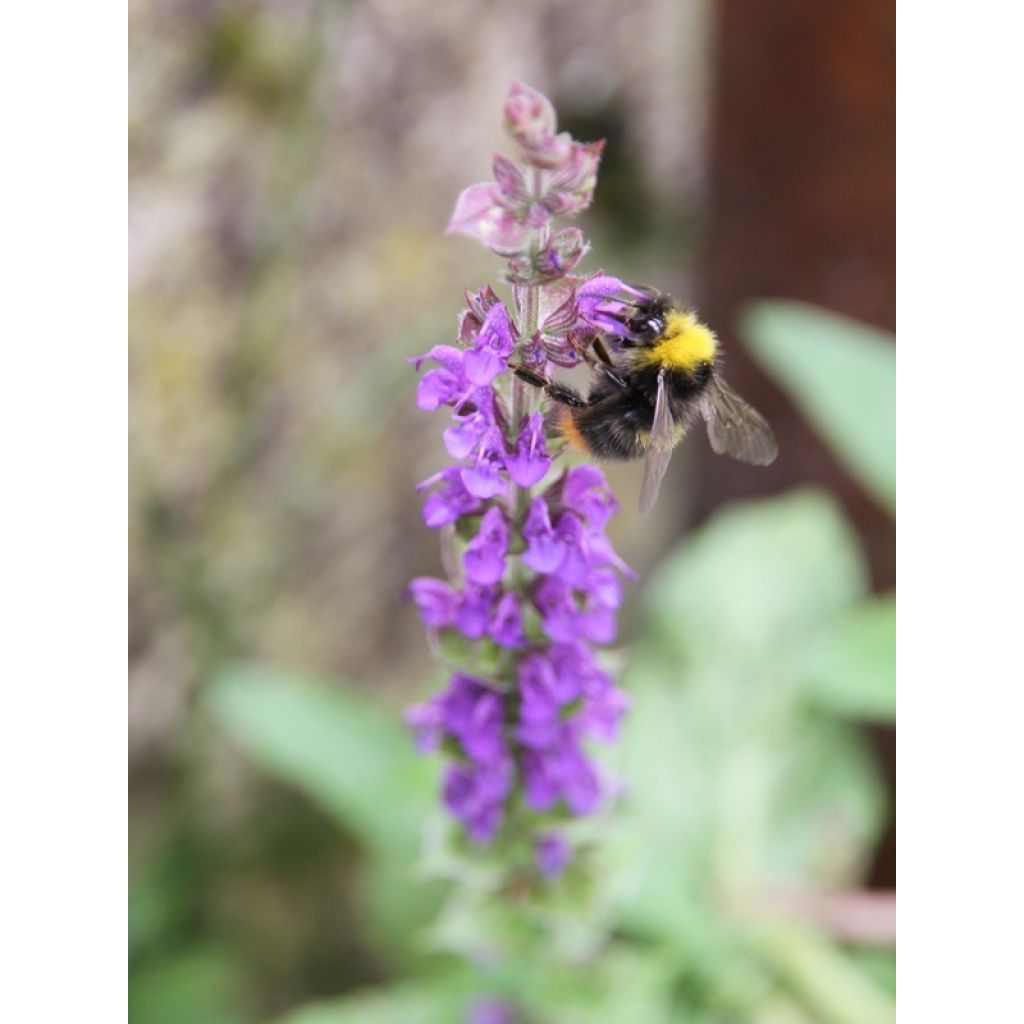

Salvia nemorosa Ostfriesland - Woodland Sage
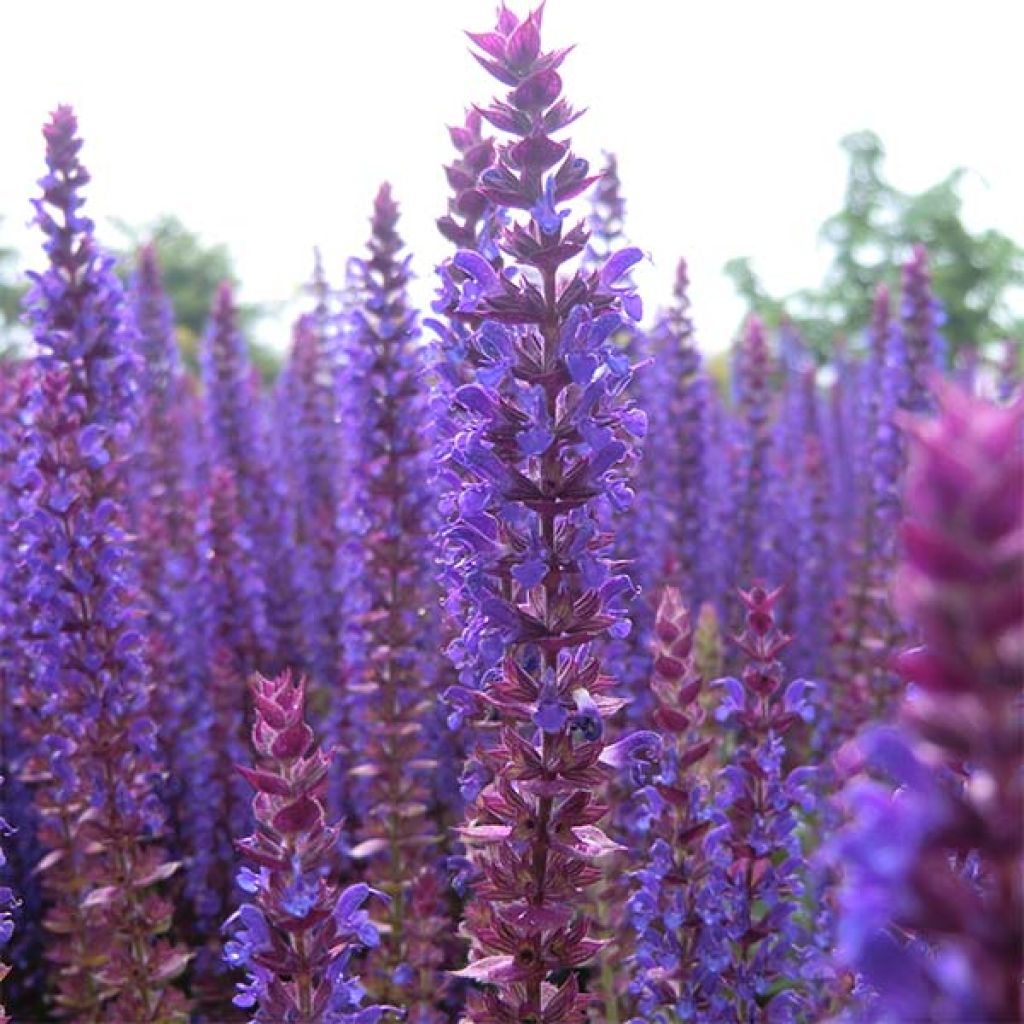

Salvia nemorosa Ostfriesland - Woodland Sage
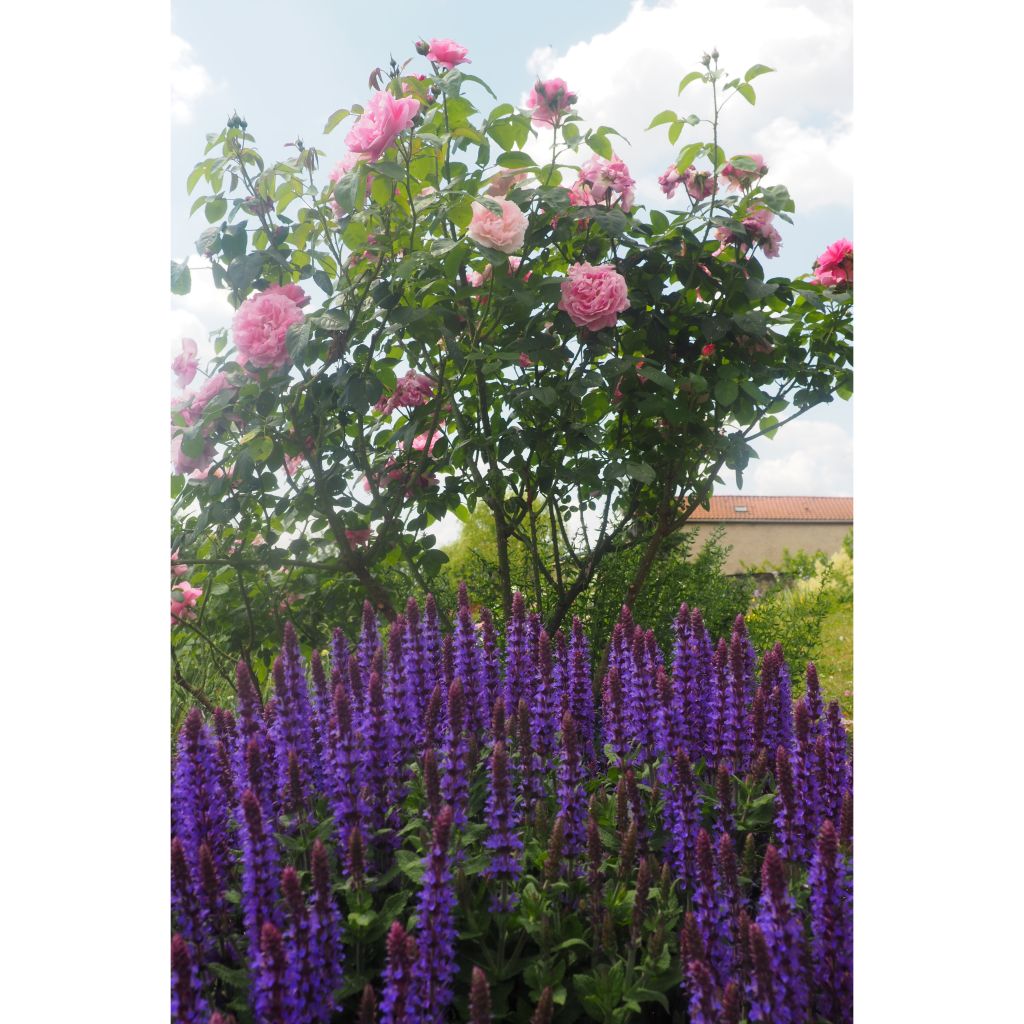

Salvia nemorosa Ostfriesland - Woodland Sage
Salvia nemorosa Ostfriesland - Woodland Sage
Salvia nemorosa Ostfriesland
Woodland Sage, Balkan Clary
No issues with these salvias that bloom long and abundantly.
Sylvie, 14/10/2025
Special offer!
Receive a €20 voucher for any order over €90 (excluding delivery costs, credit notes, and plastic-free options)!
1- Add your favorite plants to your cart.
2- Once you have reached €90, confirm your order (you can even choose the delivery date!).
3- As soon as your order is shipped, you will receive an email containing your voucher code, valid for 3 months (90 days).
Your voucher is unique and can only be used once, for any order with a minimum value of €20, excluding delivery costs.
Can be combined with other current offers, non-divisible and non-refundable.
Home or relay delivery (depending on size and destination)
Schedule delivery date,
and select date in basket
This plant carries a 12 months recovery warranty
More information
We guarantee the quality of our plants for a full growing cycle, and will replace at our expense any plant that fails to recover under normal climatic and planting conditions.
Would this plant suit my garden?
Set up your Plantfit profile →
Description
Salvia nemorosa 'Ostfriesland', also known as Wood Sage or Forest Sage, is a tall and well-branched perennial that offers an abundance of intense and bright blue-violet spike-like inflorescences throughout summer. Compact and bushy, this sage is distinguished by its lanceolate, slightly grey, semi-evergreen foliage. Easy to grow, it is one of the hardiest salvias.
Salvia nemorosa belongs to the Lamiaceae family. This herbaceous perennial is native to central Europe and western Asia. 'Ostfriesland' is one of its many cultivars, reaching a maximum size of 50cm (20in) in all directions. This perennial has a bushy, highly branched, and compact habit. Flowering occurs from June to August, with terminal clusters composed of numerous small flowers (0.5 to 1cm (1in)) in dark blue with reddish-brown bracts. This mixture of colours produces a strong and bright blue-violet effect. The beautiful nectar-rich flower spikes follow one another throughout summer, delighting butterflies. The leaves, 5 to 10cm (2 to 4in) long, are oval or lanceolate, oblong, notched, wavy, and greyish-green. The base of the stems is often reddish.
Plant 'Ostfriesland' in ordinary, even poor, preferably calcareous, well-draining soil. This plant tolerates some drought. It does not appreciate heavy and waterlogged soils in winter, which can harm its hardiness. Plant it in a sunny or semi-shaded location. It is an easy and highly floriferous plant. Fertilise it in spring. In April, prune all branches in half. Once the flowering has passed, remove the faded flower stalks to stimulate and prolong flowering. To preserve its vitality, divide the plant after 3 years. Plant the new plants in well-prepared soil. Mix in some horticultural compost to improve slightly poor soil.
Salvia nemorosa 'Ostfriesland' remains compact, even in soil that is slightly too rich for it. It knows how to stand tall! It will look stunning paired with pale-yellow flowering plants like Anthemis 'Wargrave' for a strong contrast, or with grey artemisia foliage and pink flowering plants.
With over 900 species of annuals, perennials, and woody shrubs, distributed worldwide except in very cold regions and tropical forests, the genus Salvia is the richest in the mint family (Lamiaceae). The name Salvia, dating back to Roman times, derives from the Latin salvus, meaning "healthy," alluding to the medicinal properties of common sage.
Report an error about the product description
Salvia nemorosa Ostfriesland - Woodland Sage in pictures
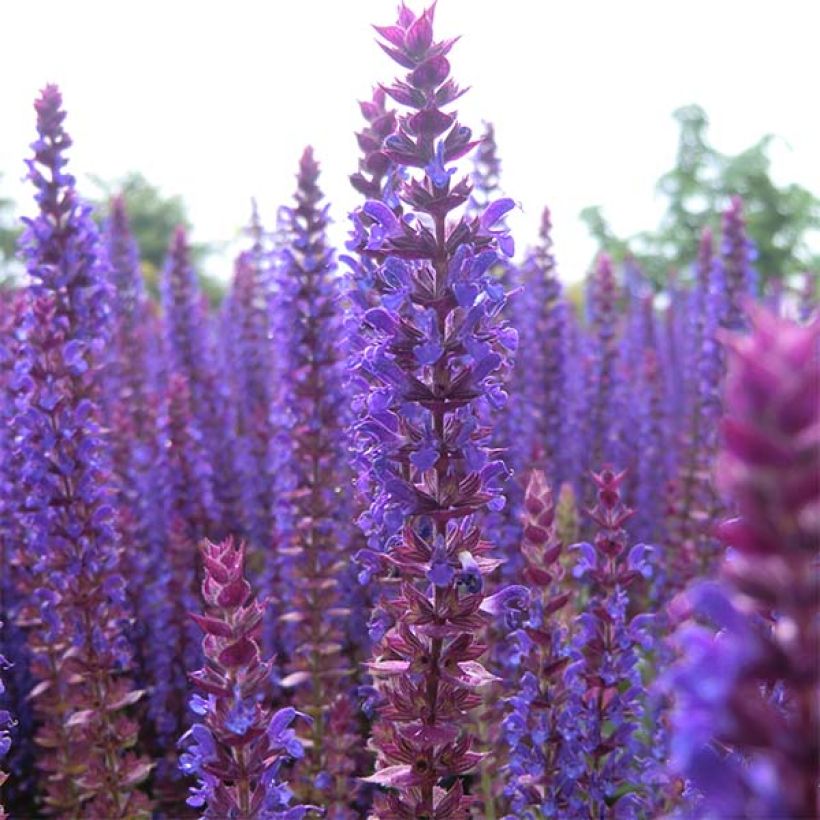



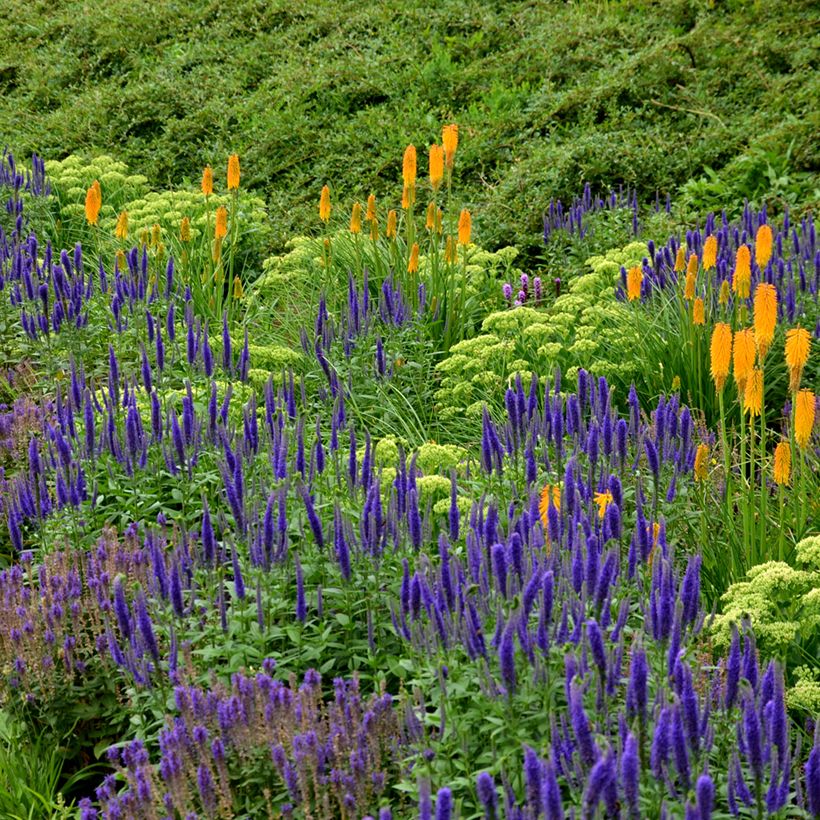

Flowering
Foliage
Plant habit
Botanical data
Salvia
nemorosa
Ostfriesland
Lamiaceae
Woodland Sage, Balkan Clary
Cultivar or hybrid
Other Salvia - Sage
View all →Planting and care
Plant in ordinary, well-drained soil, even if poor and rather chalky. This plant tolerates some drought. It does not appreciate heavy and waterlogged soils in winter which can harm its hardiness. Plant it in a sunny or semi-shaded position. It is an easy plant to succeed with. Fertilise it in spring. In April, prune all branches in half. Once the flowering has passed, remove the faded flower stalks to stimulate and prolong flowering. To preserve its vitality, divide the plant after 3 years. Plant the new plants in well-prepared soil. Mix in some horticultural compost to improve slightly poor soil. In cool and humid regions, use a mineral mulch (gravel, pumice, pebbles) with a thickness of 4 to 6cm (2in) to allow for the drainage of the plant's collar.
Planting period
Intended location
Care
-
, onOrder confirmed
Reply from on Promesse de fleurs
Similar products
Haven't found what you were looking for?
Hardiness is the lowest winter temperature a plant can endure without suffering serious damage or even dying. However, hardiness is affected by location (a sheltered area, such as a patio), protection (winter cover) and soil type (hardiness is improved by well-drained soil).

Photo Sharing Terms & Conditions
In order to encourage gardeners to interact and share their experiences, Promesse de fleurs offers various media enabling content to be uploaded onto its Site - in particular via the ‘Photo sharing’ module.
The User agrees to refrain from:
- Posting any content that is illegal, prejudicial, insulting, racist, inciteful to hatred, revisionist, contrary to public decency, that infringes on privacy or on the privacy rights of third parties, in particular the publicity rights of persons and goods, intellectual property rights, or the right to privacy.
- Submitting content on behalf of a third party;
- Impersonate the identity of a third party and/or publish any personal information about a third party;
In general, the User undertakes to refrain from any unethical behaviour.
All Content (in particular text, comments, files, images, photos, videos, creative works, etc.), which may be subject to property or intellectual property rights, image or other private rights, shall remain the property of the User, subject to the limited rights granted by the terms of the licence granted by Promesse de fleurs as stated below. Users are at liberty to publish or not to publish such Content on the Site, notably via the ‘Photo Sharing’ facility, and accept that this Content shall be made public and freely accessible, notably on the Internet.
Users further acknowledge, undertake to have ,and guarantee that they hold all necessary rights and permissions to publish such material on the Site, in particular with regard to the legislation in force pertaining to any privacy, property, intellectual property, image, or contractual rights, or rights of any other nature. By publishing such Content on the Site, Users acknowledge accepting full liability as publishers of the Content within the meaning of the law, and grant Promesse de fleurs, free of charge, an inclusive, worldwide licence for the said Content for the entire duration of its publication, including all reproduction, representation, up/downloading, displaying, performing, transmission, and storage rights.
Users also grant permission for their name to be linked to the Content and accept that this link may not always be made available.
By engaging in posting material, Users consent to their Content becoming automatically accessible on the Internet, in particular on other sites and/or blogs and/or web pages of the Promesse de fleurs site, including in particular social pages and the Promesse de fleurs catalogue.
Users may secure the removal of entrusted content free of charge by issuing a simple request via our contact form.
The flowering period indicated on our website applies to countries and regions located in USDA zone 8 (France, the United Kingdom, Ireland, the Netherlands, etc.)
It will vary according to where you live:
- In zones 9 to 10 (Italy, Spain, Greece, etc.), flowering will occur about 2 to 4 weeks earlier.
- In zones 6 to 7 (Germany, Poland, Slovenia, and lower mountainous regions), flowering will be delayed by 2 to 3 weeks.
- In zone 5 (Central Europe, Scandinavia), blooming will be delayed by 3 to 5 weeks.
In temperate climates, pruning of spring-flowering shrubs (forsythia, spireas, etc.) should be done just after flowering.
Pruning of summer-flowering shrubs (Indian Lilac, Perovskia, etc.) can be done in winter or spring.
In cold regions as well as with frost-sensitive plants, avoid pruning too early when severe frosts may still occur.
The planting period indicated on our website applies to countries and regions located in USDA zone 8 (France, United Kingdom, Ireland, Netherlands).
It will vary according to where you live:
- In Mediterranean zones (Marseille, Madrid, Milan, etc.), autumn and winter are the best planting periods.
- In continental zones (Strasbourg, Munich, Vienna, etc.), delay planting by 2 to 3 weeks in spring and bring it forward by 2 to 4 weeks in autumn.
- In mountainous regions (the Alps, Pyrenees, Carpathians, etc.), it is best to plant in late spring (May-June) or late summer (August-September).
The harvesting period indicated on our website applies to countries and regions in USDA zone 8 (France, England, Ireland, the Netherlands).
In colder areas (Scandinavia, Poland, Austria...) fruit and vegetable harvests are likely to be delayed by 3-4 weeks.
In warmer areas (Italy, Spain, Greece, etc.), harvesting will probably take place earlier, depending on weather conditions.
The sowing periods indicated on our website apply to countries and regions within USDA Zone 8 (France, UK, Ireland, Netherlands).
In colder areas (Scandinavia, Poland, Austria...), delay any outdoor sowing by 3-4 weeks, or sow under glass.
In warmer climes (Italy, Spain, Greece, etc.), bring outdoor sowing forward by a few weeks.






























